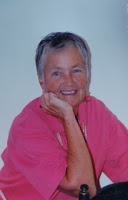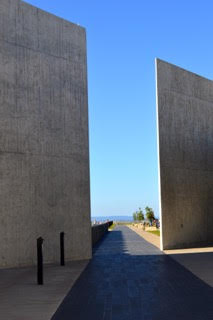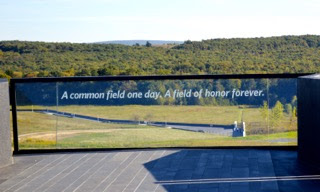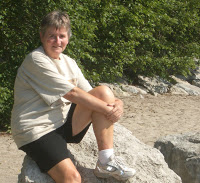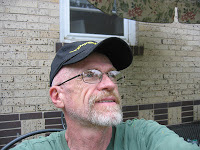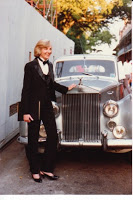Place, Mt. Lakes, N. J. to Charles St, Hammond, La. to Wells College, Aurora,
N.Y. to St. Rochester, N.Y., to University Apt., Rochester, N.Y. to Scottsville
Apt to Quaker Rd, Scottsville, N.Y. to 3 different places in Leyden, The
Netherlands, to Glick Place, Ft. Detrick, Frederick, Md. to 2025 Ash St.,
Denver, CO, to Glencoe St. to Dahlia St. to Lakewood Green, Lakewood, CO. Over my lifetime of 80 years I have moved 14
times. That means I have moved on the average every 5.7 years of my life. That would not be too bad for a nomadic
tribe, but I am not a nomad—at least, I didn’t think I was. This seems like too
many moves to me.
longest stay in one place, 15 years, was the Fernwood Place home in New
Jersey. This is where we lived when I was
born. We left this home for Louisiana when I was 15.
there followed many moves. After that it would be only two or three years of
being established in one place. Funny. I
never realized that my home had been disrupted so often until I started writing
this piece about moving. It doesn’t feel
like I moved a lot but it turns out I did.
are some benefits to our moving a lot. One is that my birth family at the time
became very close. When I was young and we moved to the deep south we all had a
huge adjustment to make. Being with my
siblings and/or my parents made me feel secure. For my brother and sister and
me during that period of adjustment, there were no life-long friends present to
distract us from the familiarity of each other and the rest of the family. While everything was new, I appreciated more
that which was familiar to me; namely, my siblings and my parents.
same situation existed when I was a mother. My children were quite young when
we moved to a very unfamiliar place with an unfamiliar language. At first, they had to stick with each other
and with us their parents just to get through the day. They appreciated the familiarity of each
other.
is another up-side to all the moving. When you move you tend to throw things
out that you don’t need. You can move them, but that can be expensive and if
you haven’t used something in the past five years, why keep it?
are an item neither Gill nor I have ever thrown out over the years and so
between us we accumulated lots and lots of books. The last time we moved, the
moving guys remarked that they had never seen so many books. ‘Though we have
been in our current home for over 5 years and plan to stay here, we have gotten
rid of about 1/2 of our books just in the last year. It wasn’t that hard, really.
have talked with people who have lived in the same house all their lives. They
seem very calm and settled which is understandable. However, universally they
say they dread ever having to clean it out.
They don’t even know what they have. Well maybe they won’t have to clean
it out, but someone will.
and I have been in our Lakewood home now for 5 years. If I am still upright 10
years from now, I will have been here 15 years. Hey! I lived in my birth home
for 15 years. I will have gone full circle. Is that an omen for the future?
After 15 years in the same place, if I am still alive will I have to go to
assisted living? Maybe my time will come
and I will leave in a box. Good thing I’m not superstitious. Any of those things
could happen, but I do not believe it is pre-destined. It does give me a goal.
Be in one home for more than 15 years.
the GLBT community including PFLAG, the Denver Women’s Chorus, OLOC (Old
Lesbians Organizing for Change), and the GLBT Community Center. She has been
retired from the human services field for 20 years. Since her retirement, her major
activities have included tennis, camping, traveling, teaching skiing as a
volunteer instructor with the National Sports Center for the Disabled, reading,
writing, and learning. Betsy came out as a lesbian after 25 years of marriage.
She has a close relationship with her three children and four grandchildren.
Betsy says her greatest and most meaningful enjoyment comes from sharing her
life with her partner of 30 years, Gillian Edwards.
